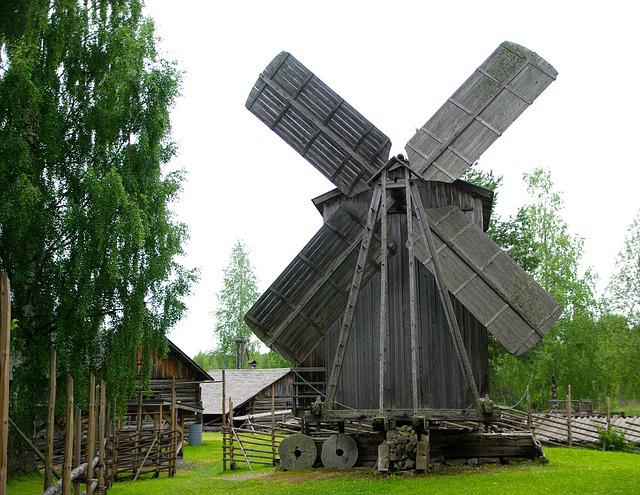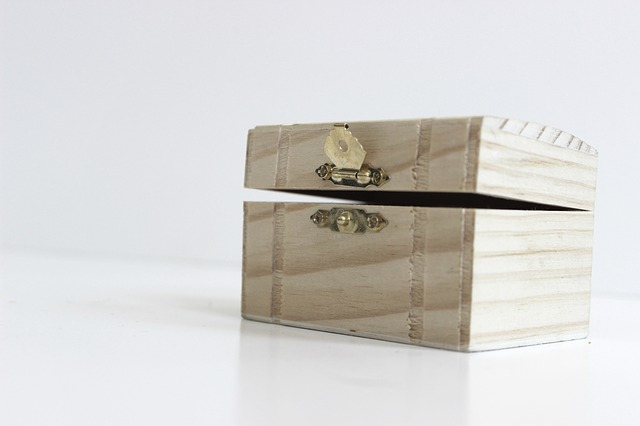Choosing to be grateful may be a simple and accessible approach to increasing your happiness. Gratitude and happiness are inextricably linked.
First, what exactly is happiness? We normally think of happiness as a subjective sense of well-being, a sensation of joy and fulfillment. Many people may not recognize happiness as more than just an emotion or a temporary mood. It is about how good you feel and how content you are with your life.
Feel-good emotions such as joy and a sense of positive well-being is one way of gauging happiness. Happiness also included a strong sense of worthiness and purpose in life.
When you are joyful while also believing that your life has value, you are more appreciative of what you have.

Feeling useful and connected, building contentment and self-worth, and simply enjoying pleasure—which, of course, is also a factor. Gratitude promotes happiness in ways that are related to all of them.
Let’s look at the good effects of thankfulness and how to nurture Gratitude in your daily life.
How your Bodies react When We Give Thanks
Many studies have demonstrated that thankfulness has far-reaching implications for our health. When people are thankful and content with the way things are, their physical health reflects this. They are more inclined to exercise, eat healthier, and take better care of themselves.
Researchers have found that being Gratitude reduces stress and suffering and improves immune systems over time. Gratitude has also been related to lower blood pressure and beneficial heart consequences.
Gratitude has a significant positive impact on psychological well-being. It boosts our self-esteem, boosts pleasant feelings, and makes us more hopeful.
When we are deeply happy, our bodies produce a plethora of amazing compounds.
Gratitude causes the release of neurotransmitters such as dopamine, which we connect with pleasure, and serotonin, which governs our mood. It also stimulates the brain to release oxytocin, a hormone that promotes social bonding and feeling connected by inducing feelings like trust and generosity.
How to Put Gratitude into Action
When you practice your thanks more frequently, you are more likely to notice positive results.
Scandinavians Can Teach Us

Finland was rated first in The United Nations (UN) World Happiness Report in 2018 and 2019. It’s worth pausing to consider why Finland, Norway, Sweden, Denmark, and Iceland are frequently ranked among the world’s happiest countries. The UN report is a global happiness poll that rates 156 countries based on respondents’ ratings of their personal lives.
As a result, Scandinavians determine their own levels of happiness. It is obviously quite high. People value a functioning society in which they have economic stability and social institutions help everyone, not just a few. There is, however, something else. The Swedish word “lagom” refers to a kind of moderation, a “just enough-ness” that they value.
They don’t seek happiness or labor long hours for months on end. They are generally welcoming and content. They are thankful for a healthy work-life balance, take breaks during the day, and have a high standard of living. They are also free of corruption and have a high level of social trust.
They believe their lives have meaning as a result of their fulfillment and contentment. They have less stress, less pressure, and more time to do what they want.
Practice Gratitude on regular basis
It is best not to wait for specific occasions to practice thankfulness. Some people have been told by therapists that maintaining a gratitude notebook might help them manage stress and anxiety. Daily journaling has also been linked to an improvement in happiness.
If you’re not ready for that type of commitment, there is a simple approach to get started on the path of Gratitude. Simply pay attention. Begin by identifying items you may take for granted. Then, take a moment to express Gratitude to them.
Consider beneficial activities and situations that may appear insignificant, commonplace, or insignificant.
Here are a couple of such examples:
- Be grateful for the food that you are about to eat.
- Look up and be thankful for the roof over your head.
- Take note of the simple gestures of kindness that you may have overlooked.
- Thank goodness someone waved your automobile through the parking lot.
- Be grateful to the kind customer in line at Starbucks who let you go ahead of them.
- Take a moment to be thankful that your best buddy texted you to see how you were doing with your headache.
- Stop and be grateful that your hardworking mother contacted you to wish you a good night.
Of course, this is not an entire list because there are several ways to nurture thankfulness. So, get creative and adapt them to your own situation.
Practice Gratitude at Work
The goal is to practice with intention and incorporate this science-backed habit into your daily routine to boost your happiness. Do you feel overburdened, especially at work?
Some businesses practice appreciation exercises before important meetings. This reduces their anxiety which results in a more positive and productive interaction. This gives them a sense of accomplishment, improving their overall feelings of satisfaction and self-worth.
There are real methods to include appreciation into your schedule during hectic work days and even on weekends when we are pushed for time.
Here are some more activities that may help you keep on track
Take a walk and express Gratitude for everything you see: trees, flowers, the sky, and birds.
Make a Gratitude Box or Jar. Write three things you’re grateful for every day on scraps of paper. And take it out to read on a regular basis.
Call someone who has done you a favor and convey your Gratitude.
Write a letter to convey your Gratitude for whatever that person has done for you. Schedule a visit and express how much their kindness or generosity meant to you.
To Conclude
According to a recent issue of a Harvard Health bulletin, thankfulness is consistently related to better happiness. According to some studies, thankfulness assists people in “feeling more pleasant emotions, relishing wonderful experiences, improving their health, dealing with hardship, and building solid connections.”
So, take a moment to be thankful. It can have an impact on your happiness and improve many elements of your life, hence your well being. While jogging down every day about what you’re grateful for has proven to be and remains tremendously beneficial.
If you are having a hard time where to start, there are lots of Gratitude Journals out there to get you started on it.


